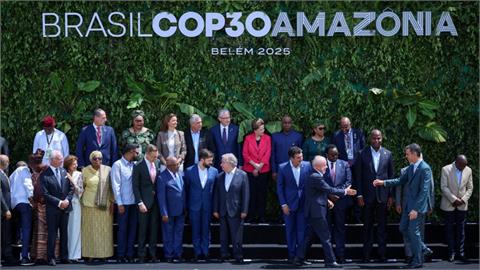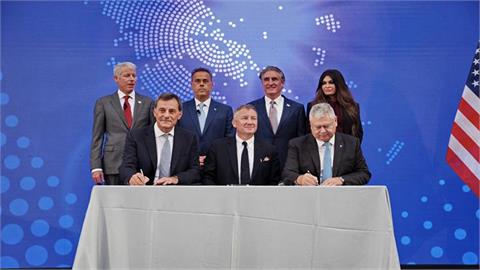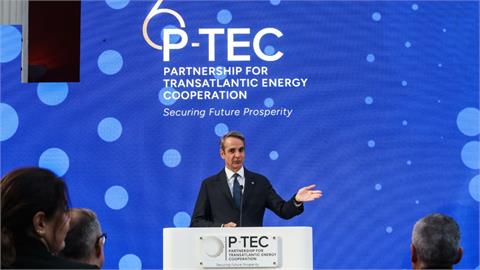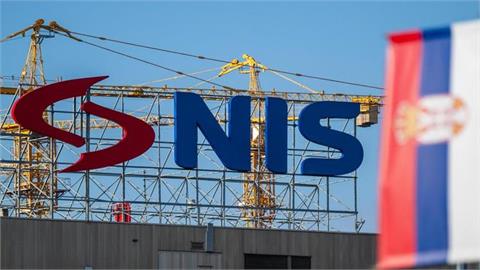An Iranian nuclear scientist described as the guru of Iran’s nuclear programme has been gunned down in the street in a town near Tehran. Mohsen Fakhrizadeh was ambushed in the town of Absard, about 40 miles east of Tehran. Four assailants opened fire after witnesses heard an explosion. Efforts to resuscitate Fakhrizadeh failed. His bodyguard was wounded.
The Iranian ministry of defence confirmed Fakhrizadeh’s death in a statement. "During the clash between his security team and the terrorists, Mohsen Fakhrizadeh was seriously injured and taken to hospital,” it said. "Unfortunately, the medical team did not succeed in reviving him, and a few minutes ago this manager and scientist, after years of effort and struggle, achieved a high degree of martyrdom.”
Iran’s foreign minister, Mohammad Javad Zarif, identified Israel as the likely culprit. "Terrorists murdered an eminent Iranian scientist today,” he tweeted. "This cowardice – with serious indications of Israeli role – shows desperate warmongering of perpetrators. Iran calls on international community – and especially EU – to end their shameful double standards & condemn this act of state terror.”
Mohsen Fakhrizadeh, who was killed on Friday. Photograph: Twitter
Fakhrizadeh
was identified by Israel’s prime minister in a 2018 public presentation
as the director of Iran’s nuclear weapons project. "Remember that name,
Fakhrizadeh,” Benjamin Netanyahu said during the presentation.
He accused Iran at the time of hiding and expanding its nuclear weapons knowhow, saying that Israeli intelligence had obtained a half-tonne cache of nuclear archive materials from the country.
The attack was confirmed by Iranian state TV but then denied by Iran’s Atomic Energy Organization (AEOI), before being confirmed separately by the defence ministry. Pictures of the purported site of the attack appeared on Iranian news sites. Security forces blocked the boulevard where the attack occurred.
A spokesperson for the Israeli military said: "We don’t comment on reports in the foreign media.” The prime minister’s office said it would not comment "on those reports”.
The confusion in the Iranian media reflected the high tensions inside Iran, amid reports that Israeli intelligence and secret service have been given the green light to mount attacks on Iranian nuclear installations before Donald Trump stands down as president.
Many Iranian officials believe Trump, in conjunction with Israel and Saudi Arabia, is determined to weaken or antagonise Iran before the US handover of power on 20 January.
Hossein Dehghan, Khamenei’s top military adviser, said in reference to Trump: "In the last days of the political life of their gambling ally, the Zionists seek to intensify and increase the pressure on Iran to wage a full-fledged war. The night is long. We will descend like lightning on the killers of this oppressed martyr.”
The US president-elect, Joe Biden, has said he is willing to rejoin the Iran nuclear deal and lift some economic sanctions so long as Iran comes back into compliance with the agreement, especially over its excess stocks of enriched uranium. Israel and Saudi Arabia want the US to remain outside the deal and continue with a policy of maximum economic sanctions.
Fakhrizadeh, on a US sanctions list, was regarded as the main keeper of Iranian knowledge of its nuclear programme. A brigadier general in the Islamic Revolutionary Guards Corps and a professor of physics at the Guard’s Imam Hussein University, he was cloaked in mystery.
Until April 2018 no photograph of him was publicly available. After the killing of several other nuclear scientists, a further shield of secrecy and security was thrown around him in an effort to protect him against Israeli assassins.
He took charge of Iran’s Physics Research Centre in 1988 and then became head of research at its successor, the Institute of Applied Physics, from where Iran’s secret nuclear research was conducted.
He had never been interviewed by a member of the UN nuclear watchdog IAEA, but was named in one of its reports.
(www.theguardian.com, November 27, 2020)



